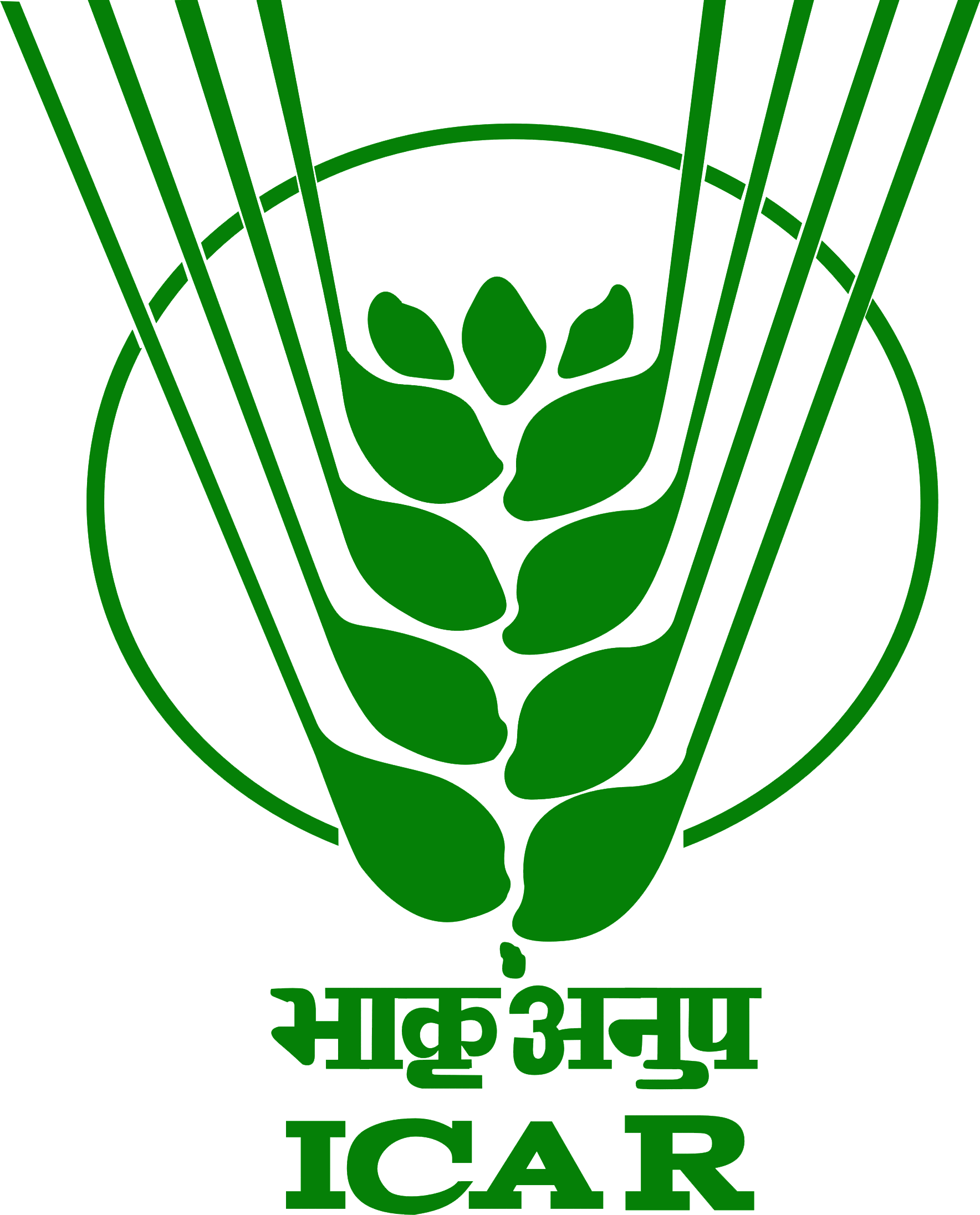Host Institute
The Yashwantrao Chavan Maharashtra Open University, Nashik was established in 1989 through Act XX of 1989 of Maharashtra State legislature. YCMOU, Nashik is the 5th Open University in India. The goal of university is to become a “Mass University” and to provide equal educational opportunities to large sections of the society. YCMOU, Nashik is the only university in India, which is offering need-based programmes in Agriculture sciences through distance mode of education.
Main features of the university :
- The goal of the university is to become a ‘Mass varsity’.
- Most of the programmes are offered in the regional language (Marathi).
- The university is committed to becoming self sufficient in operational cost.
- The university aims at using the latest techniques and technologies in its task of imparting education.
- The university develops linkages so as to become instrumental in the developmental and transformational processes of the society around.
- The university has evolved a work culture in its organization in which accountability rather than authority is the bay feature of each post.
- The structure, functioning and philosophy of the university have relaxed entry rules, flexibility in course combination, flexibility in choosing the place and pace of study and provision of individualized study etc.
The university received an international ‘Award of Excellence for Institutional Achievement’ from the Commonwealth of Learning (COL), Canada on1st August 2002 on the occasion of the 2nd Pan-commonwealth forum on Open Learning held in Durban, South Africa. YCMOU is the only university in India, which has received this prestigious award.
An extract from the citation read out on the occasion.
“What impressed the panel particularly was the institution’s use of technology, not just to attract a wide range of learners but to provide sustained academic support to retain them in the system. To do this, the university did not adopt a ‘one-size-fits-all’ approach. It used a variety of practices in line with students’ needs, preferred learning styles & access to technology”.

